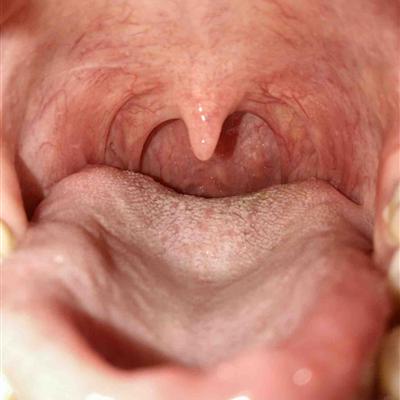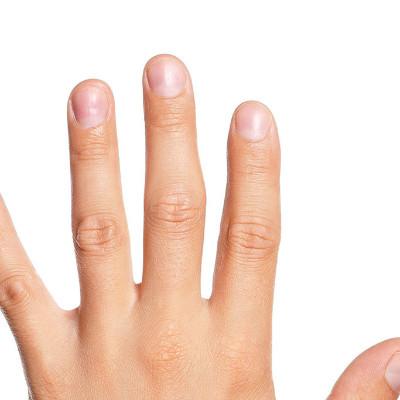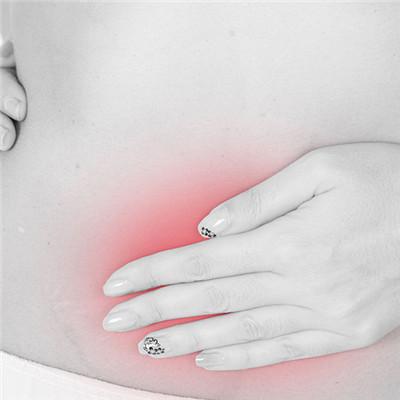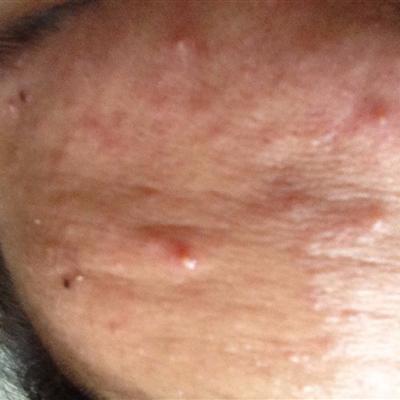How to treat breast fistula?
summary
Mammary duct fistula is a local infectious lesion of mammary duct in areola. Both men and women have the disease. The clinical features are recurrent fistula in areola area, also known as non lactating breast abscess, non lactating periareola abscess, chronic sub areola abscess, breast fistula, breast duct granuloma, etc. How to treat breast fistula? Let's talk about it
How to treat breast fistula?
The key to cure the disease is to open the closed fistula and open the drainage. Hadfield (1976) suggested that antibiotics were not effective for this disease. Willis (1982) and habif (1970) both advocated fistulotomy or fistulectomy for the treatment of this disease, and pointed out that if the pathogenesis of this disease is not clear, the postoperative recurrence rate can reach 39%. There is a high recurrence rate after local incision and drainage.

Fistula flushing: sterile normal saline 100ml, penicillin 800000 u and gentamicin 40000 u were added, and a thin tube was inserted through the external opening of the fistula for flushing, 2-3 times / D, 30-50ML each time, for 2-3 days.
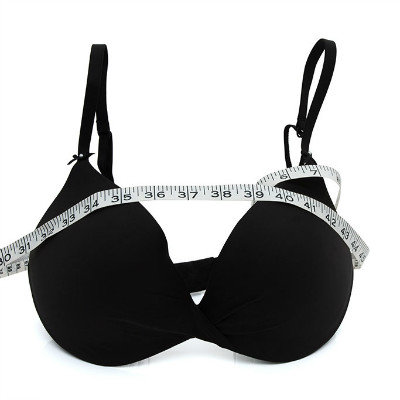
After the fine probe enters the fistula, it goes to the invaginated nipple and reaches to the blind end of atresia. At this time, the local epidermis may bulge or the thick embolus formed by sebum like secretion is pushed out from the opening of nipple. Local infiltration anesthesia was performed at the meridian and around the nipple of the probe, and then the skin lifted by the probe was cut with a sharp knife to make the probe penetrate; The probe was introduced into the slotted bougie, and all skin and breast ducts with lesions were cut along the surface of the bougie. If the areola band and induration are obvious, fistulectomy is feasible for painless patients.

matters needing attention
There is often more than one reason for women to have breast sinuses or fistulas. In life, women should protect their breasts to reduce the probability of the above situations, so as to effectively avoid the occurrence of breast sinuses or fistulas.

